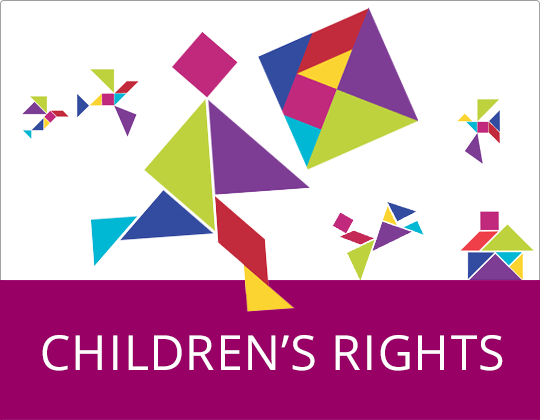Children and austerity
The impact of austerity measures on children and their rights

Austerity Bites: Children’s Voices is a project of the Council of Europe and the European Network of Ombudspersons for Children. Let’s listen to children’s voices in a time of austerity!

Austerity is a political response to the economic crisis that began in 2008. Austerity measures include public expenditure cuts, an increase in regressive taxes that impose a greater burden (relative to resources) on the poor than on the rich, reduced labour protection and pension reforms.

Austerity measures are one of the two principal ways in which the economic crisis has affected children. Children’s well-being and rights are affected by fiscal and financial, social and labour-related dimensions of the crisis. Rising unemployment levels and reduced incomes increase the risk of families slipping into poverty. Austerity measures can prevent an effective realisation of relevant human rights.
Children have suffered more than adults, but the crisis has not hit all children in an equal way. Vulnerable children, such as Roma children, children of single parent households, and children on the move, tend to suffer more. The percentage of children at risk of poverty and social exclusion varies from country to country. Child poverty and social exclusion have always been there, but the crisis has made them worse.
Children growing up in poverty or social exclusion are less likely than their better-off peers to do well in school, enjoy good health and realise their full potential later in life. Child poverty is likely to be passed on to future generations. It’s not just about a lack of money. Poverty is linked to social exclusion and lack of access to services, including childcare, high-quality education and adequate housing. Poverty can prevent participation in social and cultural activities with other children.
 Key documents of the Council of Europe
Key documents of the Council of Europe
European Convention on Human Rights
European Social Charter & the Turin Process for the European Social Charter
Parliamentary Assembly Recommendation 2044 (2014): Ending child poverty in Europe
Commissioner for Human Rights: Safeguarding Human Rights in Times of Economic Crisis
Commissioner for Human Rights: Youth human rights at risk during the crisis
Council of Europe Strategy for the Rights of the Child 2012-2015
 Other readings
Other readings
Save the Children: Child poverty and social exclusion in Europe. A matter of children’s rights




